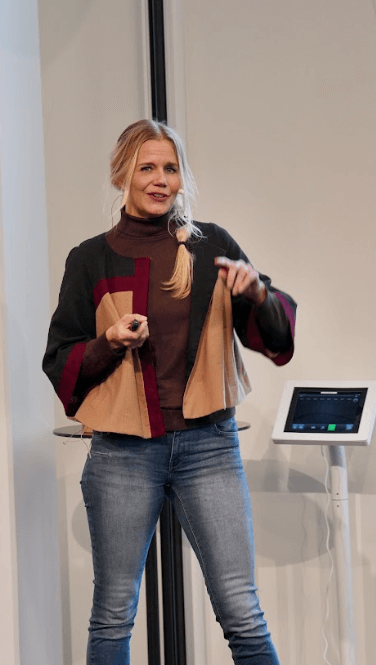Every year Resurs’s customer service takes one and a half million calls in four different languages. Johanna Bernshed and her colleagues use speech to text to find the truth about why the customers are calling and what takes place during the call. “We don’t just collect data, we turn it into value for the business”, says Johanna.
The data that is retrieved from the IA tool is, among other things, used to explore where the numbers that show up in the regular reports come from. Because even if the numbers look good, there may be problems below the surface. Johanna says that long silences often indicate that there is room for improvement.
-By understanding the cause of the silence, the organization gets the chance to solve the problem. Agents may for example need a better way of finding information, or it may take a long time to swap between different systems.
Facts increase first call resolution
Resurs also works systematically to understand why customers call several times. It may for example be that the conversations end in a vague way, and that may be caused by the agents being unsure of the right answer. By understanding the customers’ callback patterns Resurs can make better forecasts and improve call quality.
-If a lot of customers are calling and asking about what amount to pay, it may be that the invoice needs redesigning. And when we know that we can see if the numbers of calls can be reduced by moving the payment information and amount due to the first page.
When Resurs got a good overview of what generates calls to customer service, it became clear that other departments in the organization need to take responsibility for the volumes their activities generate.
-A campaign will most likely generate calls to customer service, and we need to know about it to ensure quality.

Customer service becomes a strategic player
Johanna concludes that a more datadriven way of working contributes to customer service moving from being a department that simply performs tasks to becoming a function that feeds the organization with strategic insights that can be used for business development purposes. And when they present concrete numbers, that show what different problems cost, it is easier to communicate with the rest of the organization.
-You just can’t argue with numbers, and that allows us to take on the role of change catalysts in the organization. That in turn causes the business to become more agile and serve our customers better.
Interested in learning more about Interaction Analytics?
At Kundeservicedagene in Norway, May 10-11, you can meet Johanna and listen to her inspiring talk on Interaction Analytics on stage.


